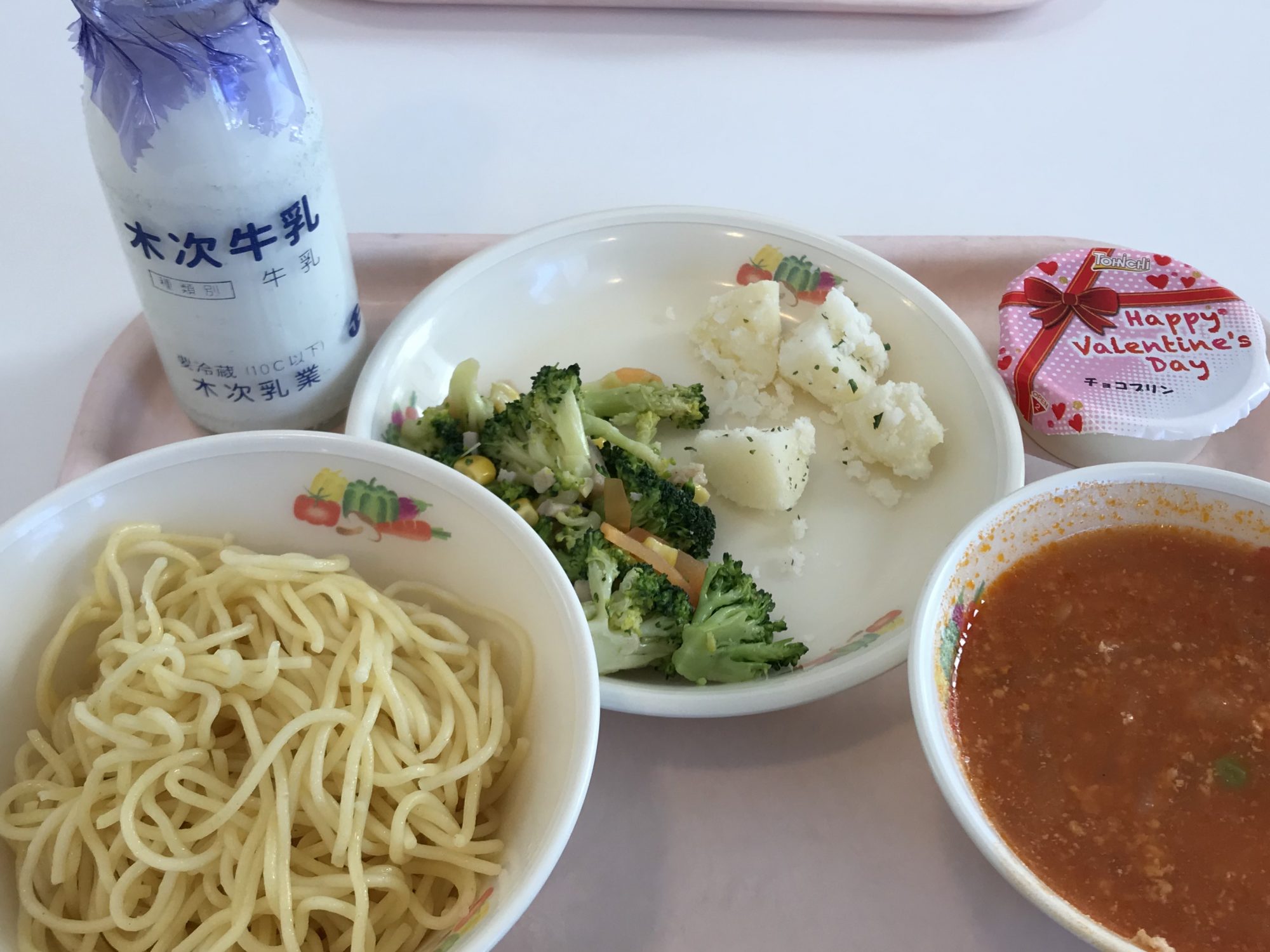ABOUT THE AUTHOR
Text and photos by: Ann and Echo (アンとエコー)
We are seniors in third year Japanese class at Smith College. We both studied in Waseda University in Tokyo last academic year and spent a month in Shimane during the spring break. We were impressed by how food education is integrated in Japanese education and want to make a book of it.
スミス大学の四年生です。去年一緒に東京の早稲田大学に留学して、春休みの時島根にいきました。今スミス大学で日本語三の授業を取っています!
ABOUT THE BOOK
This book was written for Japanese III and published in May 2019.
Tadoku Level: 0
Plot Summary:
This book was inspired by our cultural internship in Unnan, Shimane in Spring 2018. Our goal is for people around the world to see how dining and food education can be achieved with the example of a Japanese elementary school.
Key words from the book:
島根 しまね (Shimane); 給食 きゅうしょく(School Lunch); 小学校 しょうがっこう(Elementary School)
Which SDGs this book can be referred to?
This tadoku book is intended for young Japanese language learners to improve their reading ability. This book also explores the following SDG’s (Sustainable Development Goals):
![]()
- Goal #2 – Zero Hunger
- Goal #3 – Good Health and Well-Being
- Goal #4 – Quality Education
- Goal #17 – Partnership
AUTHOR’S NOTES
The following is a Q+A about the process of creating this Tadoku book.
1. Why did you create the story?
Students at PS147 needs a way to learn about Japanese kyuushoku and food education, because it’s important for Japanese language learners to also learn about the culture and education.
Ann and Echo need a way to visualize and reflect on our visit to schools in Shimane, because it was one of the most valuable and pleasant cultural experiences.
2. How does the story address SDG #4 (quality of education)?
Japanese Education integrates 食育(shokuiku), food education, into its curriculum, putting an emphasis on teaching children how to eat mindfully.
3. How did interviewing possible readers influence the design process?
During the zoom meeting, a lot of students said that they would like a storyline, so we added specific times to make a timeline, hopefully making the story easier to follow.
4. How did receiving written feedback from possible readers influence the design process?
By receiving feedback from PS147 students, we were able to learn more about what makes a book easier for children to read. We redesigned the format of the book and modified the use of language.
5. What challenges did you encounter when adapting your story?
One of the biggest challenges was the length of the story: how to we incorporate all these ideas (food education, dining etiquette, importance of local produce, etc) into a tadoku book that’s suitable for third grade students?
6. What was most frustrating about the process? Most rewarding?
Frustrating: we have to reformat every time we make any revision and that was very time consuming.
Rewarding: Being able to create a book in Japanese for both elementary and college students.
7. What did you find helpful to get you through it? What were your solutions to the challenges you identify #5 and why?
We basically lay out all of our ideas and pick the ones that we thought were the most important. Then we try to format it by the flow we think makes most sense.
8. Where did you apply the most creativity in your book?
Illustration was definitely where we used a lot of creativity.
9. What advice do you have for students who are interested in creating Tadoku books for young learners?
Save all of your original texts and illustration separately from the one you already format. That makes revision much easier.
10. How was your overall experience? (Please provide thoughts and takeaway on the project.)
It was very interesting to create a book in Japanese and to use different level of Japanese for different audiences. I would say that overall it was interesting but also time consuming.
11. What makes your book unique from a book written by native Japanese speakers and why?
I think the level of language we use is definitely from native Japanese speakers as we learn Japanese as a foreign language too.
Full Version : At the college level, Second Year Japanese Students; Tadoku Level ( 2 )
